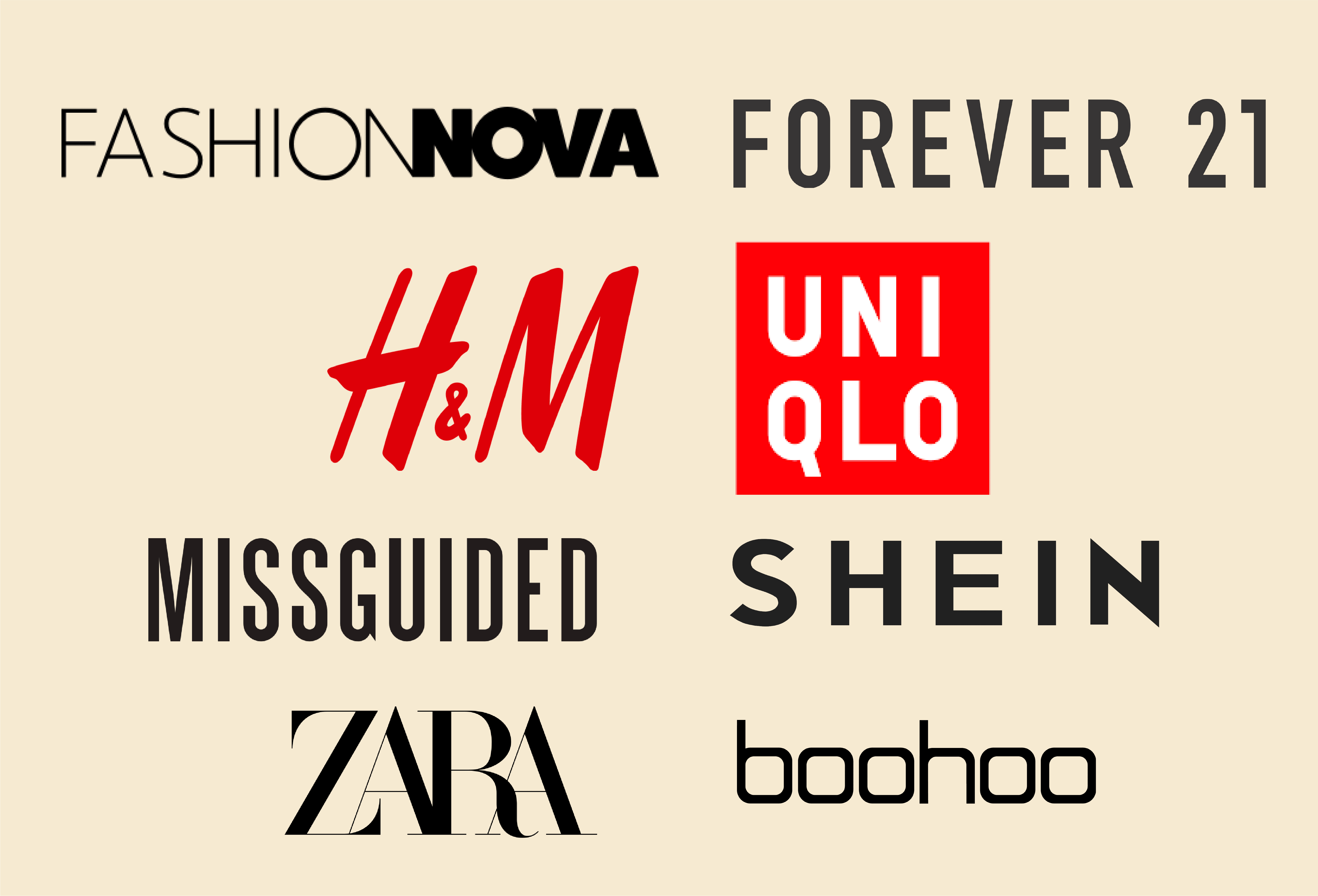Zara and H&M are two of the biggest players in the fast fashion industry, known for producing affordable trendy clothing and accessories. While both follow a fast fashion model, with Zara producing small batches of trendy items and H&M focusing on creating versatile “basic” pieces, Zara uses higher-quality fabrics and finishes. H&M has slightly lower prices than Zara, but Zara has a more robust online presence. Both companies are taking steps to reduce their environmental impact, with H&M viewed as being slightly more environmentally friendly. Ultimately, which company does fast fashion better depends on personal preference.
Zara vs. H&M: Who Does Fast Fashion Better?
When it comes to fast fashion, two of the biggest players in the industry are Zara and H&M. Both companies are known for producing trendy, affordable clothing and accessories that appeal to a wide range of consumers. But which one does fast fashion better? Let’s take a closer look and compare the two.
Background
Zara is a Spanish fashion brand founded in 1975 by Amancio Ortega. It now operates over 2,000 stores in 96 countries, with its headquarters in Arteixo, Spain. H&M, on the other hand, was founded in 1947 in Sweden and has quickly grown to become one of the largest fashion retailers in the world with over 5,000 stores in 74 countries.
Design and production
Both Zara and H&M follow a fast fashion business model, which means they produce inexpensive clothing in huge amounts and quickly respond to current fashion trends. However, Zara has a slightly more unique approach. The company focuses on producing small batches of trendy items, often designing and producing new styles every two weeks. This means that customers always have something new and exciting to look forward to.
In contrast, H&M produces clothing in much higher volumes and focuses more on creating “basic” pieces that are versatile and can be worn by a wide range of people. Both companies use similar materials and production techniques, but Zara tends to use higher-quality fabrics and finishes, making their pieces feel more expensive than H&M’s.
Pricing
Both Zara and H&M are known for their affordable prices, but overall, H&M has slightly lower prices than Zara. H&M’s prices are typically about 10-15% lower than Zara’s on comparable items. However, Zara’s prices are still relatively affordable, and the perceived higher quality of their clothing may make it worth the extra cost for some customers.
Availability and accessibility
Both Zara and H&M have a massive global presence, with stores located in major cities all around the world. However, H&M has more stores overall, making it slightly more accessible in some areas. Zara also has a robust online presence, offering the ability to shop for their products online and have them shipped to your doorstep.
Environmental impact
Fast fashion has been criticized for its devastating environmental impact. The clothing industry is a major contributor to global carbon emissions and pollution. Both Zara and H&M have taken steps to try and mitigate this impact, with Zara pledging to use 100% sustainable fabrics by 2025 and H&M investing in sustainable materials and recycling programs.
However, H&M has been more vocal about their sustainability initiatives than Zara, and they have taken more concrete steps towards reducing their environmental impact. Overall, H&M is viewed as being slightly more environmentally friendly than Zara.
Conclusion
Both Zara and H&M are excellent examples of fast fashion brands that cater to a style-conscious audience. While both companies share many similarities, such as their affordable prices and trendy designs, there are some key differences between them.
Zara has a more unique approach to design and production, with a focus on producing small batches of trendy items. On the other hand, H&M produces clothing in higher volumes and focuses more on creating versatile, “basic” pieces. While H&M has slightly lower prices than Zara, Zara’s pieces are often perceived as being of higher quality.
When it comes to accessibility, both companies have a massive global presence, with H&M having slightly more stores overall. However, Zara has a robust online presence that makes it easy to shop for their products online.
Finally, both companies are taking steps to reduce their environmental impact, but H&M is viewed as being slightly more environmentally friendly than Zara.
In conclusion, which company does fast fashion better is a matter of personal preference. Both brands have loyal followings, and it ultimately comes down to what style and approach to fashion resonate most with individual consumers.
